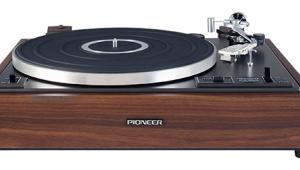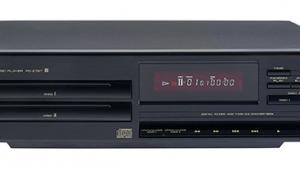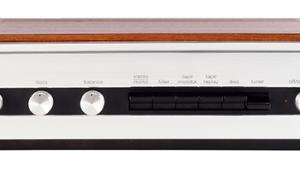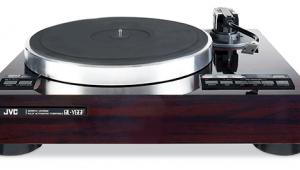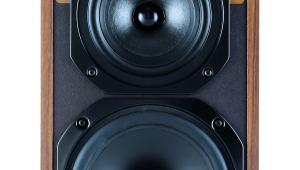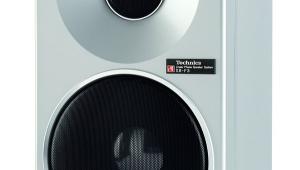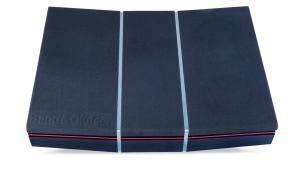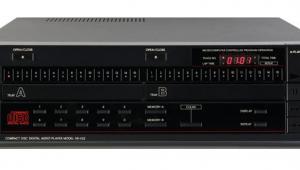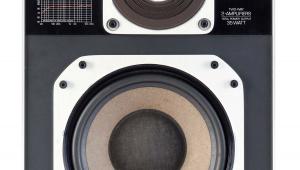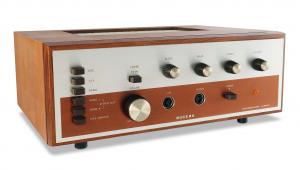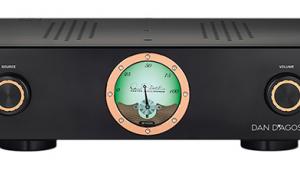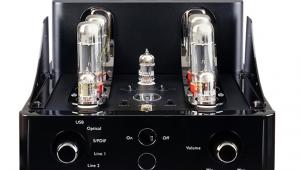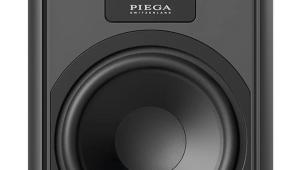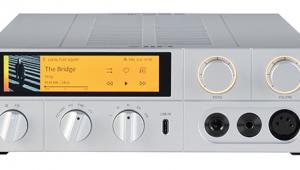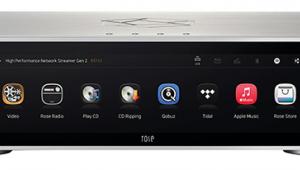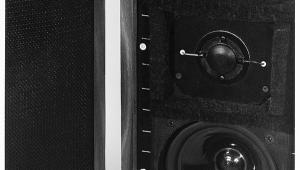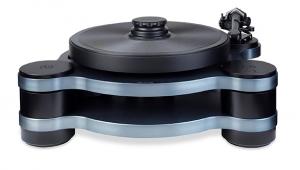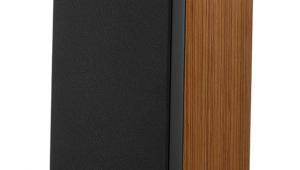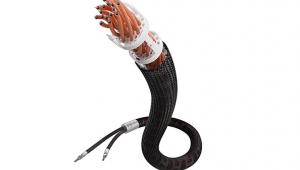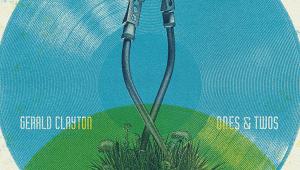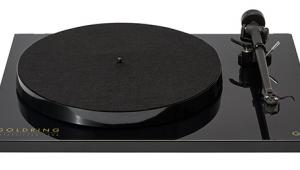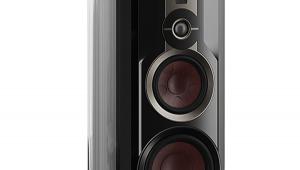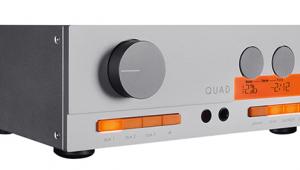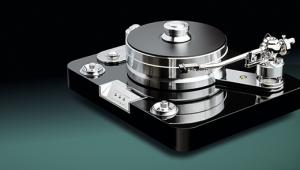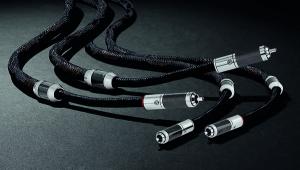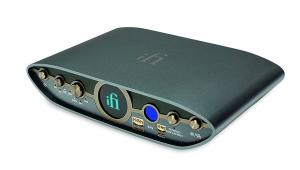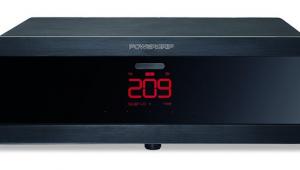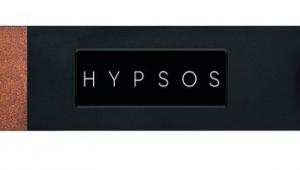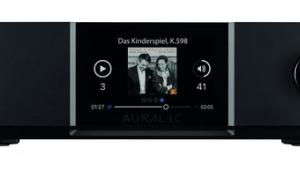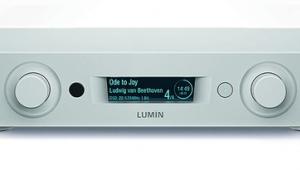Sony D-421SP CD portable
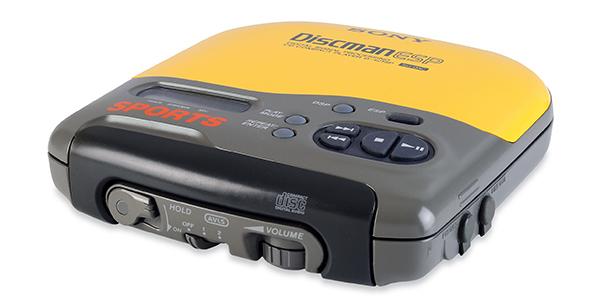

Has hi-fi become a little crazy these days? Huge equipment, bizarre accessories, cables that look ready to moor an oil tanker? How about this though – a CD player that works under water. Not for audiophile reasons of course, but for practical ones and as a step along the road to making the Compact Disc system the perfect consumer bauble.
Sony’s ‘Sports’ line of nominally waterproof portable audio products started in the early 1970s with the ICF-111 transistor radio. It was fairly well sealed around its cabinet joints and switches, although nothing could be done about the vulnerable paper-coned loudspeaker.
Locked ’n’ loaded
Things then went quiet until 1985 when the WM-F5 Sports Walkman cassette player appeared, finished like diving equipment in bright yellow and fitted with a clamped down, O-ring sealed lid. This was genuinely waterproof and confirmed Sony as the market leader in portables. Inside it used the company’s best transport with a servo-locked ‘Disc Drive’ motor and high-quality electronics, including a decent FM stereo radio. At the same time Sony was also introducing portable CD players with the remarkable D-50 [HFN Mar ’85 & Jan ’13]. This was certainly not waterproof, in fact it was a fragile thing (but still the ultimate pose if you could afford it). Fast forward to 1993 and the first ‘Sports’ CD player arrived in the Discman line, the D-412SP.
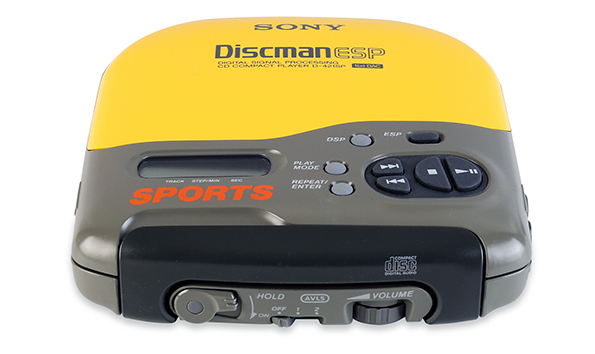
This curiously styled but robust machine offered for the first time three improvements that finally made portable CD a completely practical proposition. Not all of them were new, but in combination they made the D-421SP unique. The first was waterproof casework. This at first seems silly – who wants to listen to a CD in the pool (or in the bath)? Nobody, but plenty of people wanted to listen to them on the beach or in other places where sand, dirt and grit were present. These fine particles played havoc with the delicate internals of normal CD personals but the totally sealed D-421SP would work anywhere. The next important feature was the ‘1-bit DAC’, which had been making its way into the Discman range for a couple of years at this stage.
Shock tactics
The new DAC offered reduced power consumption and simplified PSU requirements, extending playback time while removing the need for bulky and expensive rechargeable batteries. The D-421SP could play for up to six hours from two alkaline ‘AA’ cells, a figure comparable with a good quality cassette Walkman. The 1-bit (bitstream) DAC replaced the previous 16-bit/8x chipset that the previous generations of Discmans had been moving towards. Introduced for the exotic D-Z555 in 1989 [HFN Sep ’90 & Jul ’23], by 1993 it had been relegated to basic models, such as the entry-level D-33.
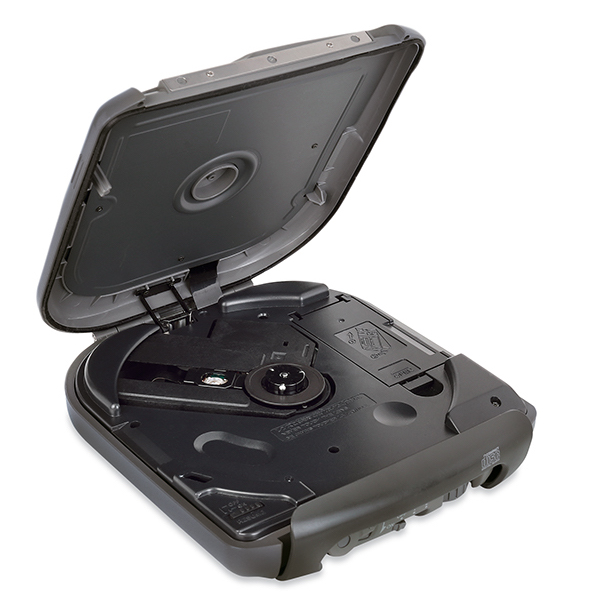
Yet what made this generation of Sony models really special was the new Electronic Shock Protection (ESP) system. From their inception in 1985 the problem with all CD portables was the tendency for the music to skip when the unit was moved around. The problem could not be solved by just refining the mechanism of the player. The inertia of the rotating disc and the delicacy and accuracy required in the optics meant making these parts immune to external forces to the point where the unit could be carried without any form of disturbance was not technically feasible.
Sony’s engineers got around the problem by scanning the disc at 2x speed and storing the read-ahead data in solid-state memory. The constraints of size, power and cost limited the reserve to three seconds (minuscule by today’s standards) but for most applications this proved more than sufficient. The only downside was that the increased processing power and the need to run the motor faster reduced the battery life by a third. For this reason, it was also possible to turn the ESP system off.
Space hopper
When in use, the ESP operation was illustrated on the D-421SP’s LCD panel by a depiction of the music data filling up a hopper that then dripped it out at a regular rate. When playback started the hopper was shown as empty but over the first three seconds of listening it filled up to the top as the music played. If the player was then shaken or dropped the hopper would gradually empty, with the music only stopping if all the contents completely disappeared. In practice this seldom happened as the memory buffer could accommodate everyday knocks.

Packed with technology and beautifully finished, the D-421SP was not cheap. It was the third most expensive model in the Discman range and at £280 cost as much as a good quality full-sized player. Those who liked the idea of the bitstream DAC and the ESP function but didn’t need something quite so tough could buy Sony’s D-321 instead. It was cheaper but with its bland, grey styling it was not as memorable as the Sports version.
![]() Tim listens
Tim listens
The D-421SP seems big and chunky today, but is smooth and sturdy in a way that current consumer products just don’t seem to be. The controls are larger than they normally are for CD portables and feel less fragile, although the rubber sealing around the control keys in the lid gives them a stiff and lifeless feeling when pressed. All the usual functions are present, including track programming and random play. One novel inclusion is the DSP (Digital Signal Processing) function, also first seen in the D-Z555. The functions offered are not so comprehensive, being limited to two degrees of bass boost, a setting to make vocals clearer and one to make the sound more suitable for listening in a car.
Something arguably more useful is the Resume mode, which sees the player pick up from where it was last stopped. This is what cassette players do, but CD portables normally switch off and forget everything if they are stopped – annoying, especially if you are listening to a ‘talking book’ disc with lots of tracks. The disc lid is sealed by a rubber O-ring around its edge and the sockets have little rubber bungs to keep dirt and water out. The bungs for the headphone and line output sockets can get in the way of bulky 3.5mm jack plugs and stop them being inserted properly so it’s essential to choose your headphones and cables carefully when using this unit. The two ‘AA’ batteries live in a holder under the disc, protected from contamination.
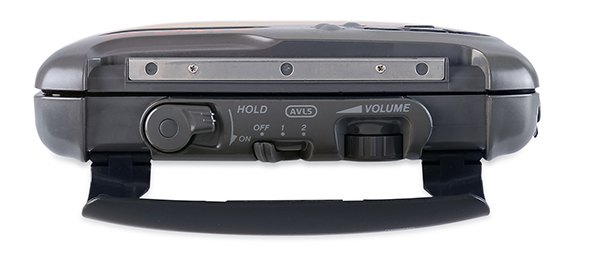
It is possible to switch in and out of ESP mode during playback and this causes a brief interruption in the sound as the memory fills up and the servos settle. Although the disc isn’t visible it can be heard speeding up when the ESP is turned on. The hopper graphic is great fun and I spent quite a lot of time seeing how much I could shake the player to get it to empty fully. If you do succeed in doing this the music stops, but it resumes from the same point in an orderly way without staccato bursts of random noise – very civilised. I couldn’t hear a difference in sound quality between having the ESP system on or off, but the batteries last longer if you don’t use it.
It has long been my contention that a number of Sony’s full-sized CD players, while being technically well resolved, have sounded a tad ‘mechanical’ compared to what else was available. The portables, on the other hand, can be enjoyable and involving to listen to with suitable partnering equipment. The D-421SP follows this general trend and although it is no D-Z555 rival (what is?) it still turns in a good performance. In my experience, Sony’s bitstream DAC, much like its MASH (Matsushita) rival, can sound a little grey compared to the final-generation multi-bit converters that came before.
Although the D-421SP’s output is lower than the 2V standard [see PM's Lab Report] it’s still plenty high enough to drive a modern amp. However, bass can sound a little lightweight and percussion slightly confused when listening critically – for example, cymbals hiss rather than shimmer with some recordings. This is the extent of the bad news though, for in all other respects this is an impressive machine. In particular, the ‘1-bit DAC’ approach seems to have finally put to bed the wretched time-shared DAC arrangement that lingered on in portables far longer than it did in full-sized models, possibly in the interests of space and power saving.
Big deal
The improvement is evidenced by a really solid central vocal presence set against a broad soundstage, and in this respect the little yellow box sounds, well, big. Chris Rea’s voice was clean and natural on ‘There She Goes’ [God’s Great Banana Skin; East West 4509-90995-2], with the guitar work in the backing track similarly convincing. Played at good volume the results are pleasing, but the inconspicuous nature of the lowest notes remains a frustration whatever you do.
Handel’s Alexander’s Feast (HWV 318) [Deutsche Grammophon 447 279-2] was a recording I was expecting this portable to struggle with, but to my delight it gave a really impressive performance. Large in scale and rich in texture, the sound avoided so many of the basic pitfalls that trip up a great number of players. The strings didn’t grate or sound wiry, the orchestra was not stretched into two pools of sound around the loudspeakers, and the harpsichord was not buried among the other instruments.
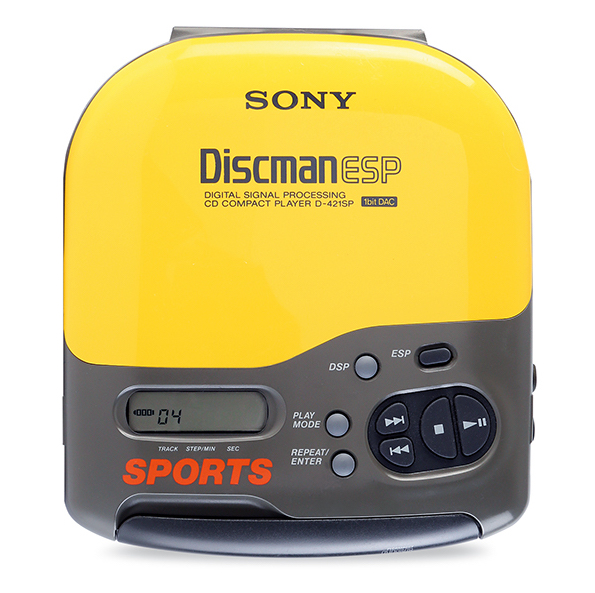
‘Refinement’ was the word that came to mind. Yes, the midband was a little forward, but detail and clarity both went beyond my expectations of this curious little unit. And that is really the story here – this is a tiny player that works under water. Do you really want it to knock spots off a Philips CD960 [HFN Jul ’20] or a Technics SL-P1200 [HFN Aug ’13] as well?
That would be a step too far, but as a demonstration of what the first generation of mobile bitstream DACs could do with only a couple of penlight batteries to feed them it is difficult not to be impressed. I suspect the handful of these players that survived the ravages of the beach now reside in collectors’ display cases. But the D-421SP is a good listen and deserves an outing every now and then. And yes, it does work under water – I tried it!
Buying secondhand
Many of the same problems blight the D-412SP as they do any CD portable of this era. Very few became worn out through over-use but lots were dropped, bashed and generally knocked about. The ‘yellow Sony’ is better than most, but there’s only so much even it can take. Another danger is forgotten batteries which can leak, damaging the contacts and dissolving the surrounding printed circuit. Repairs may be possible but it’s a skilled job.
From new, Sony recommended that the waterproof seals be replaced every year to maintain the watertight qualities of the casework. This was seldom (if ever) done, so be careful if you want to get your D-421SP wet. The little tethered bungs which keep the sockets dry are often missing, so keep yours on dry land if this is the case.
Hi-Fi News Verdict
Accepting that the D-421SP ‘Sports’ Discman isn’t something that every audiophile would want, it does stand the test of time as a landmark model and another example of Sony’s creativity. For aficionados, it’s a blue chip collectable and a decent sounding player to boot. Be warned, however, that repairs are not simple with this model, so hold out for a well-preserved working example if you fancy one.
Sound Quality: 80%

